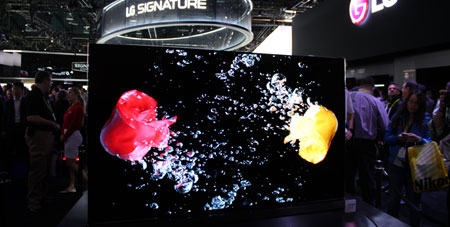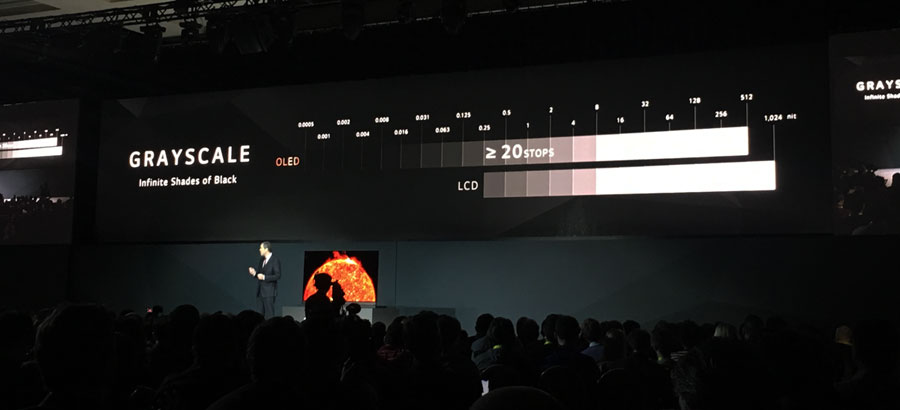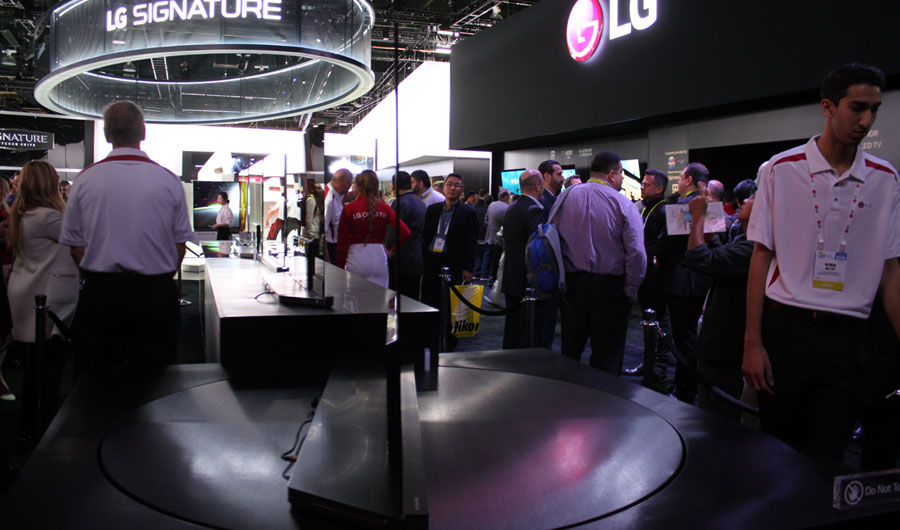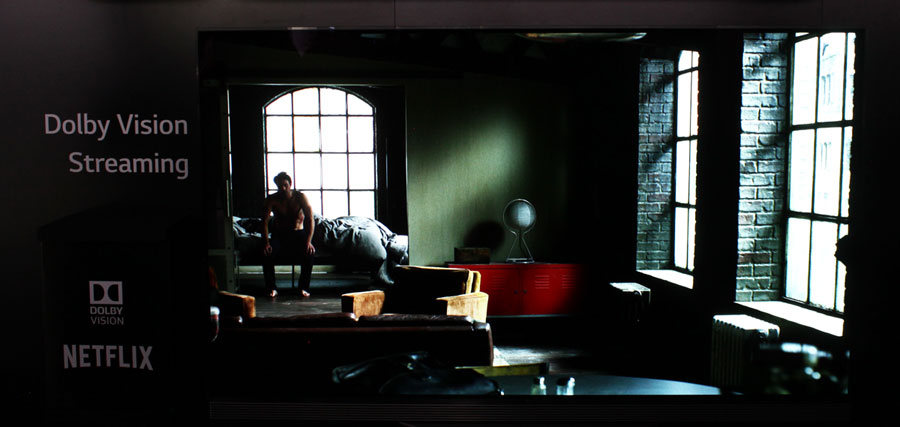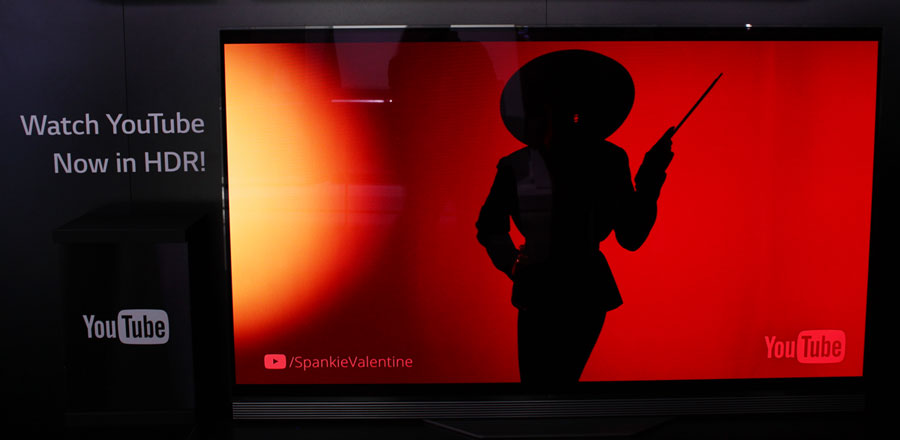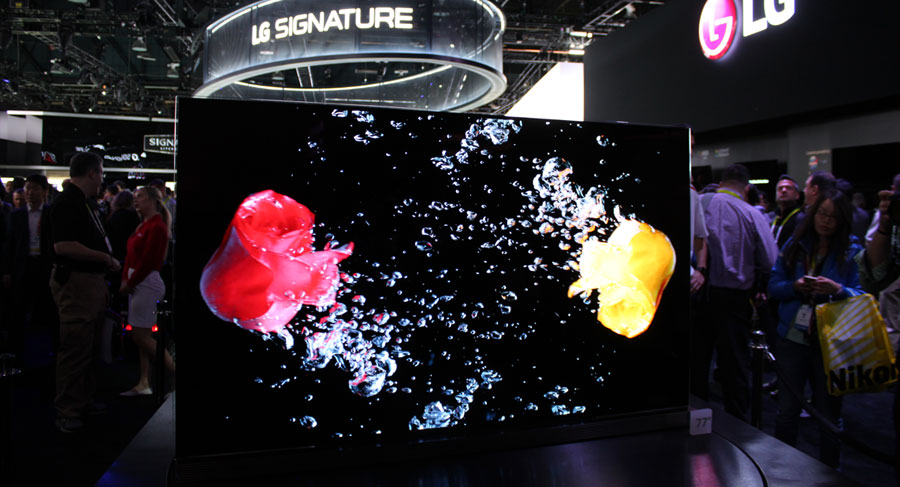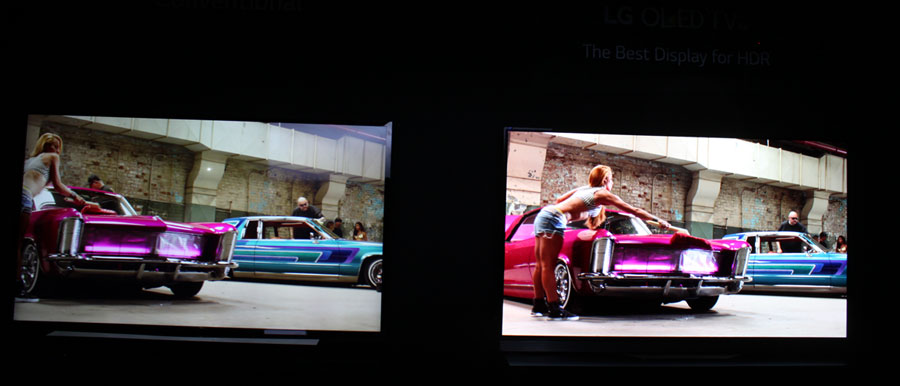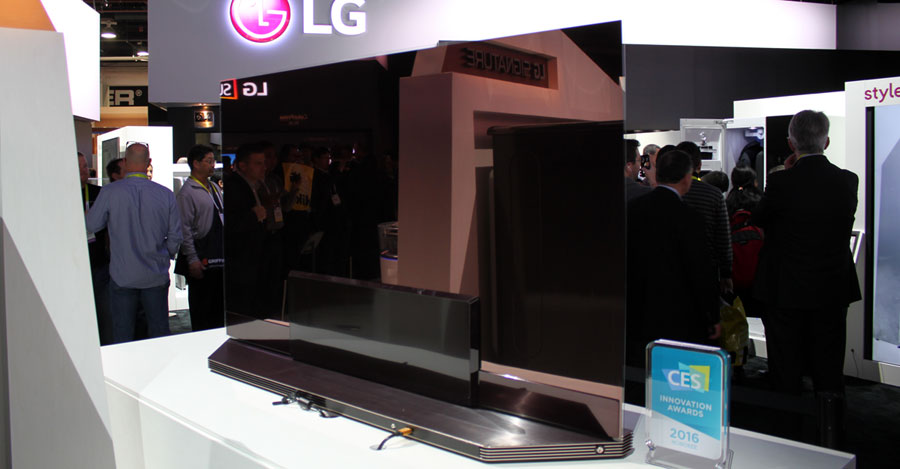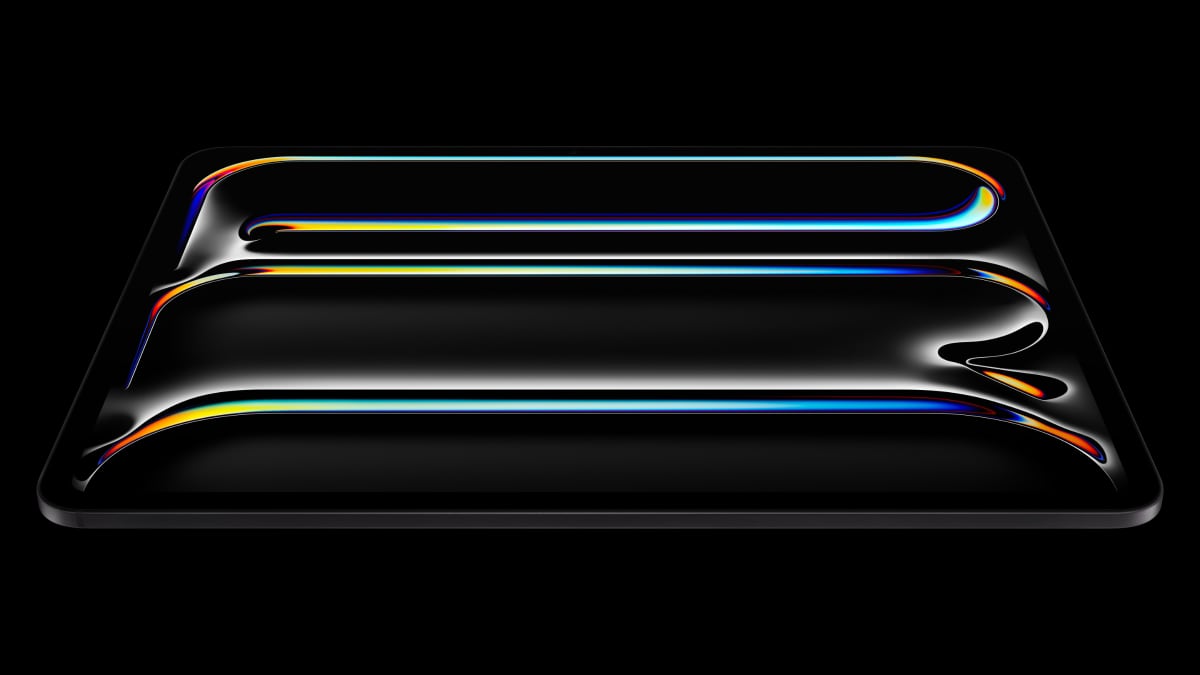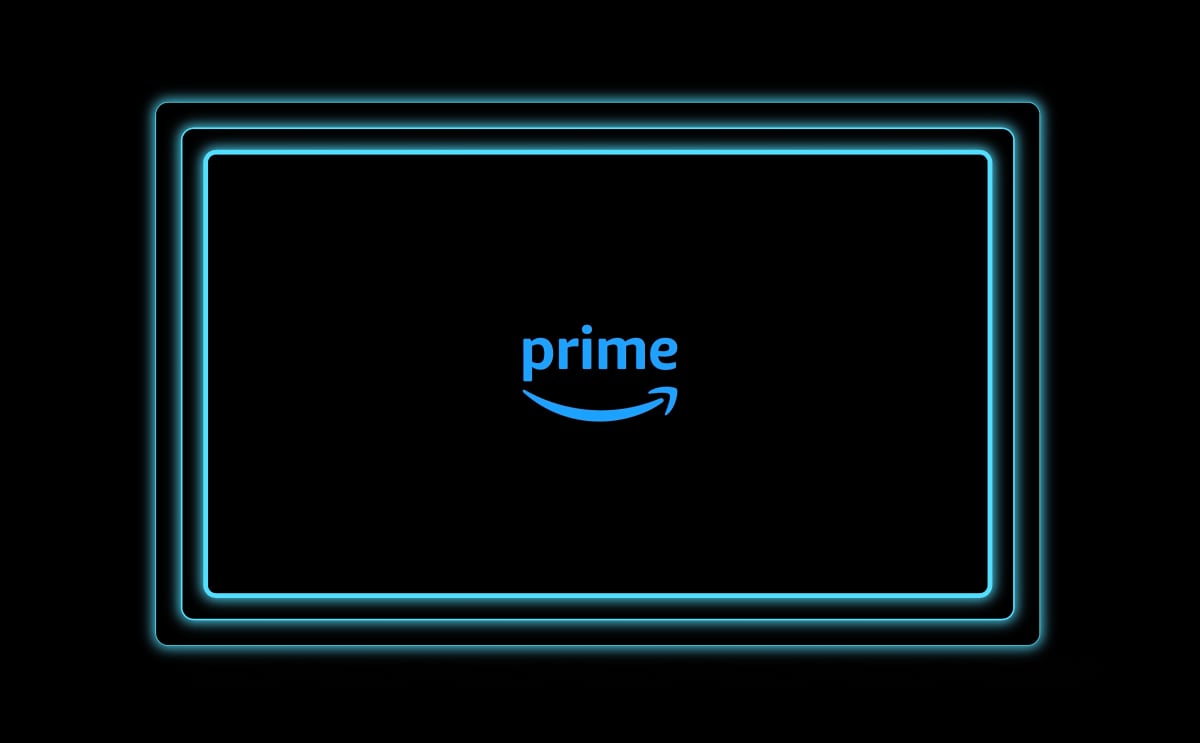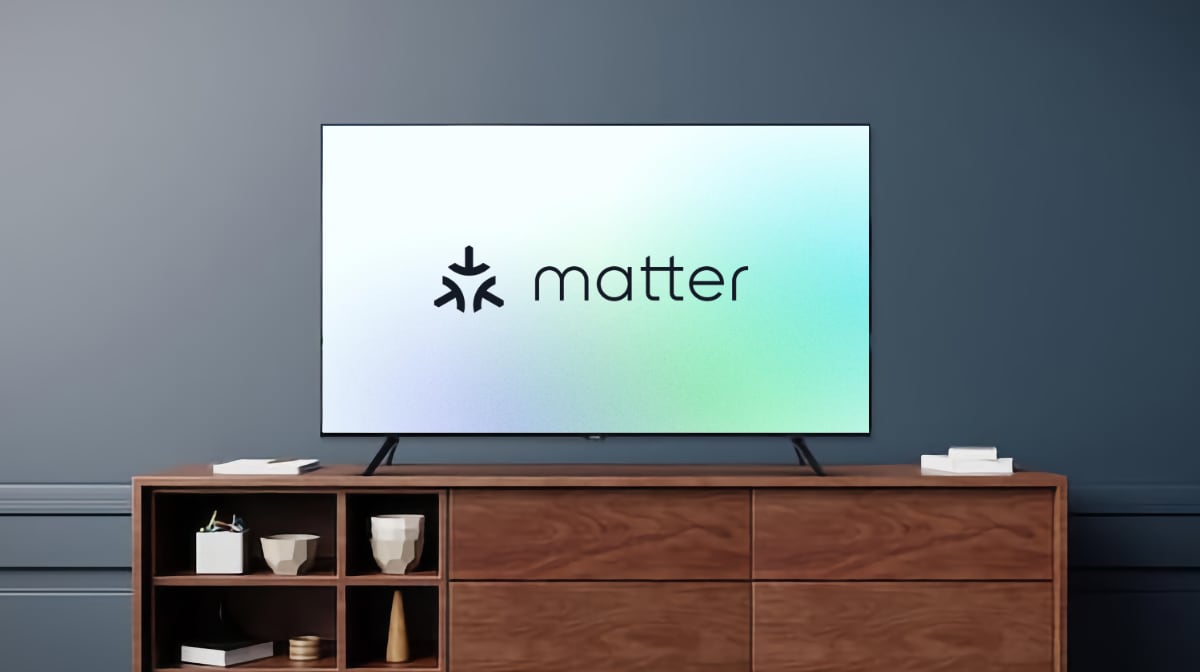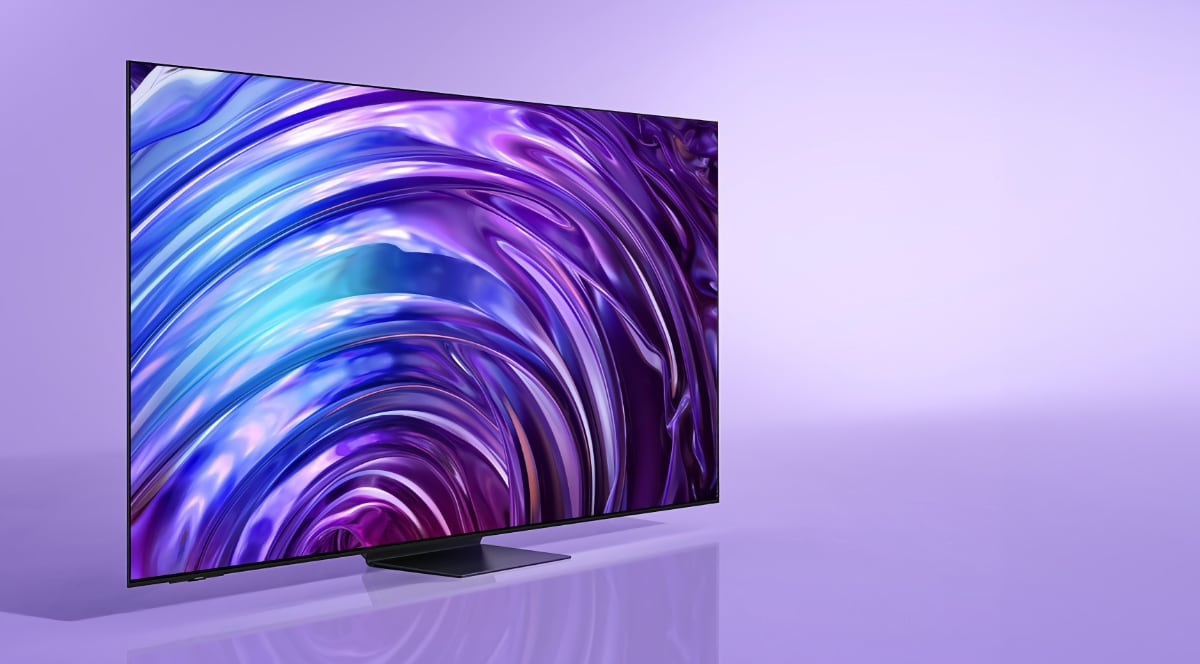Hands-on with LG's 2016 OLED TVs
LG’s 2016 OLEDs will be brighter, have improved HDR picture quality, and wider color gamut. We had a chance to experience them at CES 2016 and had a long talk with one of LG’s technical experts. Here is what we saw and learned.Improved HDR picture quality
Some competing companies are trying to portray OLED TVs as inferior based on a single factor; peak brightness. However, in virtually every other category OLED TVs excel, argues LG. After seeing the 2016 OLEDs at CES, it is hard to disagree, and it is clear to us that OLED is widening the gap to LCD.
We published a comprehensive hands-on report on LG’s 2015 OLED TVs after last year’s CES. In it we shared our first experience with HDR (high dynamic range) on OLEDs. Some observers have continued to doubt that OLED TVs are capable of reproducing HDR video, seemingly buying into competitor’s argument that HDR is somehow about peak luminance. It is not. The “High” in HDR refers to a ratio, not a peak.
Read our backgrounder on HDRLG is clearly tired of this argument so it used its most precious time at CES - the opening press conference - to clear up this misunderstanding. LG argued that OLED can reproduce over 20 “dynamic stops” compared to 12 for high-end LCDs. When talking about luminance and HDR you define a “stop” as a doubling in luminance, and since OLEDs can go much deeper in black tones than LCDs, the displays can retain more details in dark areas and at the same time reproduce relatively bright highlights.OLED can reproduce over 20 “dynamic stops”
Example:
As we reported in early November - two months before the official announcement at CES - LG’s 2016 OLEDs will be capable of reaching significantly higher brightness peaks than the 2015 models. At CES, we spoke with Neil Robinson, Director, Technology Partnerships at LG Electronics, who told us that the 2016 OLEDs are capable of reaching 600 nits at D65 (10% window) and higher levels at other color temperatures, and about 400 nits at D65 in a 25% window - maybe “slightly higher” on the production-ready TVs.
One of the ways to improve peak luminance on OLED is to switch to more effective organic material. LG started using a new organic material in 2015. It is not clear if LG has switched again in 2016 but Neil Robinson told us that they have developed a new, better algorithm for peak brightness (more on that later).
And the TVs simply looked stunning. Blacks are so deep that pictures almost looked 3-dimensional. Despite reflections in the high-gloss panels, contrast remained intact. Colors are so pure and clear that many LCDs look pale in comparison. Sure, colors on the showroom TVs were a bit oversaturated and the content was designed to amaze but something else is at play here. We have seen the same thing on OLEDs in the past (and Pioneer’s legendary Kuros). Once black tones reach these levels and because OLED has full luminance control on pixel level, picture quality is elevated to new heights.
HDR10 and Dolby Vision
The TVs support HDR10 (the open format) and Dolby Vision. Since we saw the first HDR demos on LG’s OLED TVs in early 2015, we have had no doubt in our minds that OLED is the best display technology for HDR. Dolby must agree but we had one nagging question.The OLEDs reach nowhere near 4000 nits that studios aim for when mastering content in Dolby Vision. No TVs do - except for a few prototypes. But really, that is not required for a TV to claim Dolby Vision support, Dolby argued. You can still get almost all of the benefits of the format at lower peak brightness levels. Remember that the Dolby Cinemas reach nowhere near 4000 nits, and not even anywhere near non-HDR TV brightness levels.
Dolby explained to us that movies are mastered at studios with brightness peaks up to 4000 nits, but like Rec.2020 (explained in next section) the Dolby Vision format is sort of a “container”. So if you have an OLED TV capable of reaching 600 nits peaks it will simply cut off the higher-end of the brightness range in the DV signal. How to best do that is still being debated. Neil told us that last year’s HDR OLED TVs tended to clip highlight details in very bright scenes due to this intentional clipping of the upper end. This year’s models will have an improved algorithm to retain more details.
Dolby also explained to us that movies in Dolby Vision are mastered in 12-bit colors per channel (36-bit), compared to 10-bit for most other HDR content. When mastering in Dolby Vision, the studios can also change HDR grading from scene to scene, which can potentially be significant, although no one knows for sure until more content has been mastered.
Movies in HDR10 and Dolby Vision will be available on Blu-ray (not initially in Dolby Vision) and Netflix. If both formats are available for any particular movie or TV series, LG’s OLED TVs will pick the Dolby Vision layer.
YouTube will also start streaming in HDR quality later this year by utilizing an updated VP9-Profile 2 codec. LG’s 2016 OLED TVs will support VP9-Profile 2 and thus YouTube in HDR. We saw it demonstrated at CES and it certainly looked promising.
Better colors with 99% DCI-P3
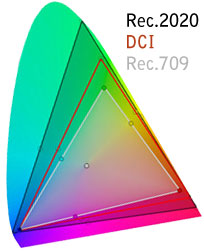
While some TVs claim to have “Rec.2020 support”, it is worth noting that none of the TVs today can actually cover the full Rec.2020 gamut yet. Some 2015 and 2016 TVs will come with a “Rec.2020” profile but this is not to indicate - although a little confusing - that they can reproduce the full Rec.2020 space; just to indicate that they can interpret the Rec.2020 color coordinates. UHD Blu-ray movies are also encoded in "Rec.2020" but again, the actual content is not necessarily always mastered in the Rec.2020 color gamut. At the moment a lot of content is mastered in DCI-P3 and then put into the Rec.2020 container (that can fully cover the coordinates of both Rec.709 and DCI-P3). In other words; Rec.2020 is a play for the future and right now DCI-P3 is the important spec for TVs.
Last year’s OLED TVs from LG were capable of covering around 90% of DCI-P3. Neil Robinson confirmed to us that this year’s OLED TVs will cover 99% DCI-P3 – as reported in our report from early November.
In fact, Neil is not sure exactly how to reach full Rec.2020 coverage. The company has of course experimented with wider color gamuts but once a display approaches such a wide color gamut, people’s perception of colors on the display start to vary. This is true not only for people with eye defects, Neil argued. The industry has some years to come up with “best practice” solutions but for now DCI-P3 is a well-tested standard because studios have mastered movies in this color space for years and years.
We have heard others use the same arguments as Neil but we are not exactly sure how to mentally process the information that Neil gave us about Rec.2020. We have not performed extensive testing on any Rec.2020 monitors or TVs, and while some studios have access to such displays - and content - there is very little published knowledge on the matter. However, if TV manufacturers want to go beyond DCI-P3 in the next few years the Rec.2020 "container" allows them to do so. That’s the beauty of Rec.2020 that the industry has decided to standardize around.
Regarding last year’s problems
We also used to opportunity to ask Neil about the issues that plagued last year’s OLED TVs. He told us to expect “improved vignetting” and “improved grey tone reproduction”. And about the rumor that LG’s OLED TVs reproduce dark grey tones at lower bit depths compared to, say, Panasonic’s OLED TV? Completely untrue, Neil said. He had no idea where the rumor came from and even less why some people picked it up and ran with it.Neil also promised “much better uniformity” on this year’s OLED TVs. 2014 OLEDs in particular -but also some 2015 OLEDs - suffered from darker edges or bands on the panel. This issue should be drastically reduced on the 2016 OLEDs. LG now uses many more measurements points during production and factory calibration to counter thee sorts of issues.
Below: conventional LCD TV left, LG’s 2016 HDR OLED TV right.
The 2016 OLED TVs will have three HDR settings: Standard, Bright, and Vivid. We have spoken to Neil on more than one occasion and one of his points about HDR is that the industry needs to come up with a way to “tone map HDR”. In other words; you might be able to enjoy 600-1000 nits brightness peaks in a brightly lit living room during daytime but you might not enjoy the same brightness peaks in a completely dark home theatre environment. That is one of the reasons why the Dolby Cinemas are much dimmer than HDR TVs.
Four new OLED ranges - only one is curved
LG will release four new OLED ranges for 2016, and only one of them is curved. The G6 and E6 are high-end models that we have reported on here. All hands-on impressions in this article are based on the G6 and E6 models. LG’s more affordable B6 and C6 ranges were not on display at CES 2016 and will be released later this year. We have more to report on the B6 and C6 ranges very soon.
Despite competitors’ best attempts to degrade OLED, LG appears to be optimistic about the future. The company is confident that it has the best TVs on the market. And we can understand why LG is optimistic. From what we saw these TVs will set new standards.

